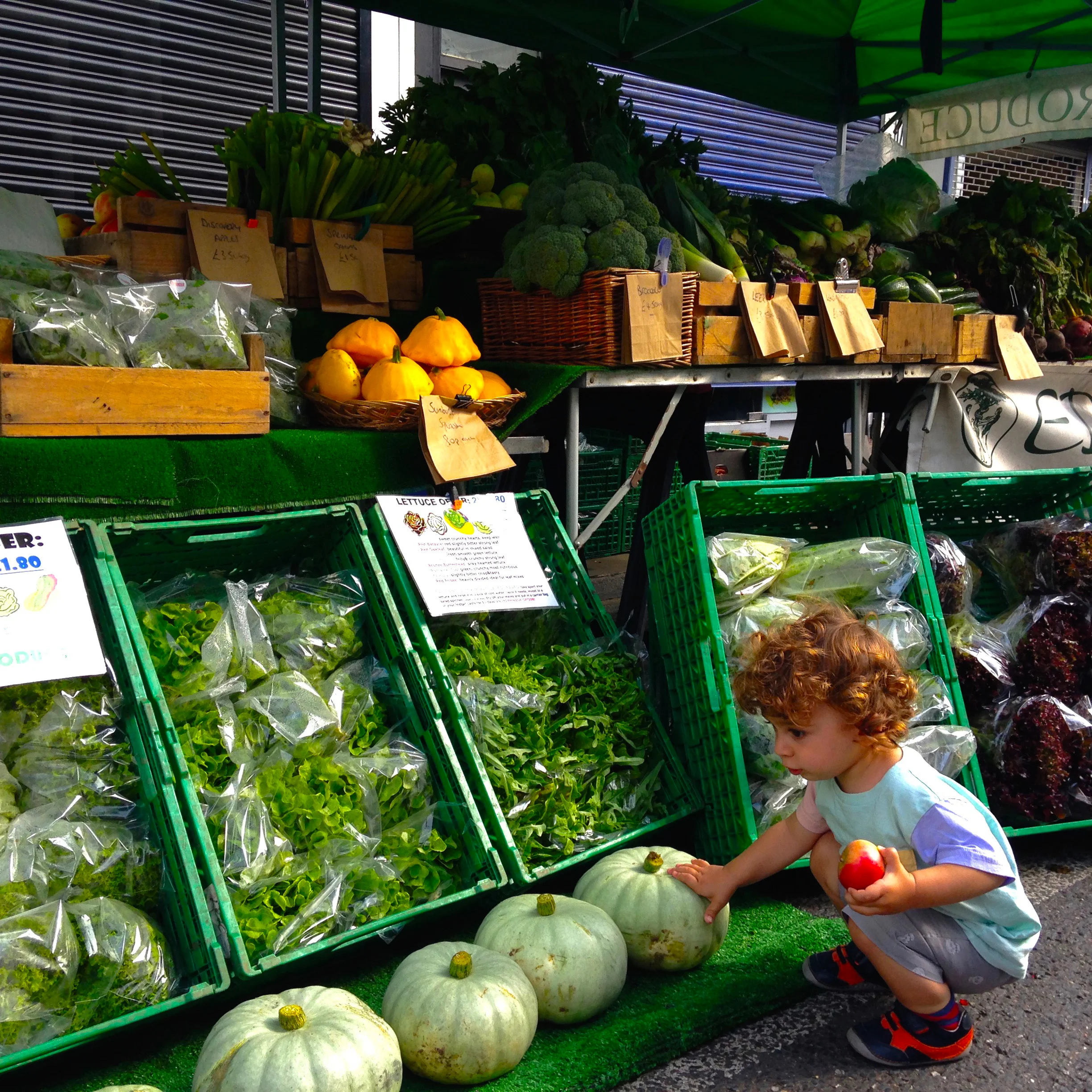Rice
As is the case with legumes, there is a number of rice varieties to choose from. Also as is the case with legumes, different rice varieties have found a place in different geographic and cultural cuisines. There are a number of colours and sizes of grain to choose from and there are very significant differences in the taste and cooked texture. Because of the range in size and type, cooking time varies, but the proportion of water to rice generally remains the same (this is excluding soupy rice dishes and risotto).
Rice varieties include:
- Brown: basmati, short grain, long grain
- Wild: wild rice is a relative of the more common rice plant, and - did you know- is actually considered a grass
- Black: forbidden rice, venus rice (venere nero)
- Red: camargue, bhutanese
Rice is pretty straightforward to cook. The rule of thumb is that all rice cooks at a ratio of 2:1, that is, two measures of water for one measure of rice. Use a large enough pot so that there is a 5-15 cm space (depending on diameter of the pot used) between the rice and water and the top of the pot. The rice will bubble and the steam will rise which can overflow if there is not enough empty space in the pot. Rice will also expand as it cooks and absorbs the water, so also allow for this.
I use the absorption method, and in my experience this yields the best results. I would never recommend boiling rice in large amounts of water and draining, like pasta. In my opinion this drains the rice from flavour and results in an inferior texture. There are also variations to the absorption method, for example, allowing the water to boil until almost all of the water has evaporated, then steaming the rice for another 30-45 minutes until cooked under a tightly sealed lid. This will also result in deliciously fluffy rice, but it is harder to get right and it is quite easy to burn the rice at the bottom of the pot like this.
So, below a fool-proof cooking method that gives a very nice pot of fluffy, fragrant rice.
Method:
- Measure rice and water and add to a large pot
- Bring to boil, reduce to a simmer, cover and cook until water has been absorbed
- Remove from heat, fluff with a fork and allow to rest, covered, for 5-10 minutes
We exclusively use brown or whole grain rice. As with other grains, rices suffer a great loss of nutrition and flavour when stripped to a white kernel. For more on the differences in nutritional profile between whole grain/ brown rice and white rice, see:
http://www.whfoods.com/genpage.php?tname=foodspice&dbid=128




